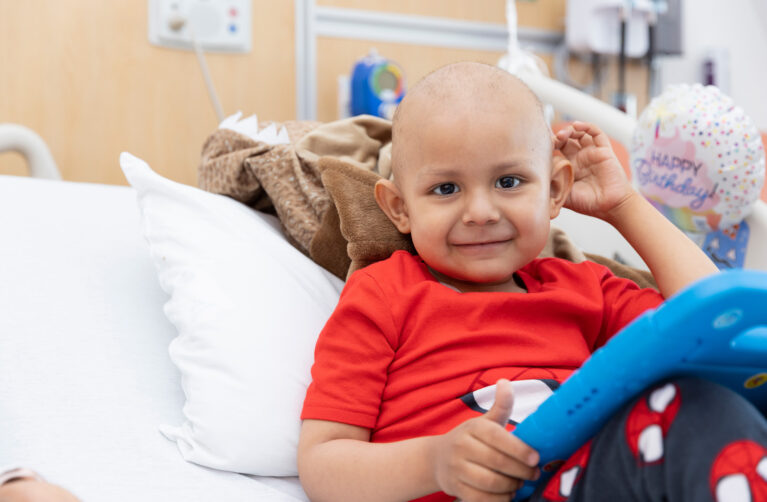Doris “Lipstick Girl” Diaz never left the house without a shiny coat of pink lip gloss. More than keeping up appearances, it was her way of coping with her health challenges. Her greatest wish? To get a lung transplant and to breathe easily for the first time in her life.
Diagnosed with cystic fibrosis when she was just 6 months old, Doris couldn’t remember what life was like before having to undergo rattling treatments in a “vest” that physically shook her rib cage and cleared her lungs of mucus three to four times per day. By second grade, Doris depended on an oxygen tank to breathe, bringing it with her to school and sleeping with it at night.
While oxygen and rattling treatments helped Doris’ lungs function, it didn’t stop her body from producing the excess secretions. It was still easy for bacteria and fungi to take hold in her respiratory system and become dangerous. Her only chance for a healthy future was a new pair of lungs.
The wait was challenging. Doris spent weeks at a time in the hospital, but her mom, Corina, could not imagine a better place for her child.
“The hospital is very family-oriented and personal,” Corina says. “They care so much for my children, me, and my husband. Even the Chaplain knows that Doris always needs a minute to pray before procedures and is on hand to pray with her every time.”
Corina is also comforted by the hospital’s provisions for her family, including a friendly volunteer who stayed with Doris while Corina and her husband were at work, gas and grocery cards to help care for their two other children, or a teacher visiting Doris in her hospital room when she couldn’t go to the Hospital School.
Many of these services, as well as the research and advanced care available to children like Doris, wouldn’t be available without your support.
After a year on the national transplant waiting list, Doris’ wish finally came true. She received a double-lung transplant just in time for her ninth birthday. Today she is a thriving 10-year-old. She will continue to be closely monitored, but she is back at school and, indeed, breathing easier.
“Many advances have been made in our understanding of cystic fibrosis,” says Doris’ doctor, Carol Conrad, MD, associate professor of pediatrics (pulmonary medicine) and heart-lung transplant program director.
“We have a better grasp on the protein dysfunction, abnormal clearance of mucus, and nutritional issues now. The long-term survival for children with the disease is improving, and the future is looking even brighter with medications that can normalize lung function and slow deterioration. I look forward to the day lung transplant seems like an old-fashioned treatment!"
This article first appeared in the Spring 2016 issue of Lucile Packard Children's News.




